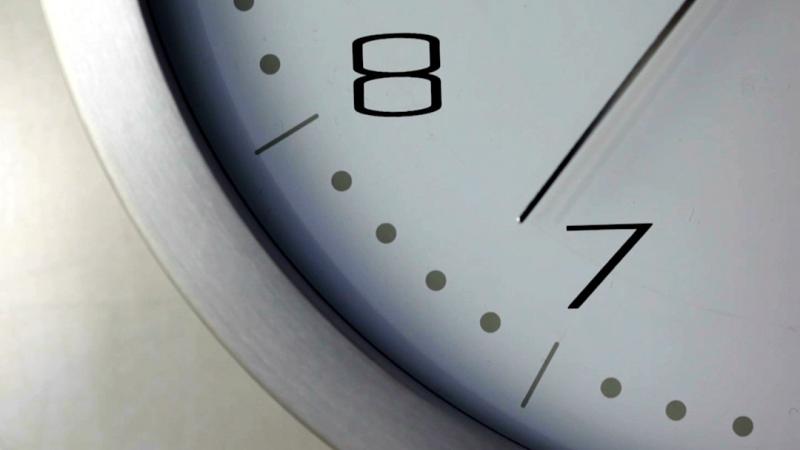NSF grant will support development of wearable devices and reliable algorithms to provide critical data
September 16, 2020

Anyone who has experienced a midafternoon energy slump or suffered from jetlag has felt the effects of their body’s circadian rhythm. This internal clock helps regulate many of our physiological processes, including sleep, metabolism, and even how the brain functions.
Researchers at Rensselaer Polytechnic Institute anticipate a future in which a combination of smart wearables and algorithms assess each person’s circadian rhythm and provide personalized feedback as to what light, sleep, and work schedule would be ideal for their particular internal clock.
In a foundational step toward that goal, a team of engineers aims to develop reliable mathematical models that can estimate individuals’ circadian rhythms. With the support of a grant from the National Science Foundation (NSF), the team will also develop wearable hardware and software that incorporate various sensors capable of capturing useful biometric information. That data will be used to help build and test the team’s mathematical models.
“Circadian health is very important,” said Agung Julius, an associate professor of electrical, computer, and systems engineering at Rensselaer who is leading this research effort. “In order to regulate the circadian rhythm effectively, the missing ingredient is the ability to extract data from the subject in a form that is useable.”
As the boundaries between personal time and work time have become increasingly blurred during remote work and school brought brought about by the COVID-19 pandemic, the need to better understand circadian rhythm has become even more strongly felt. An improved understanding of individual circadian clocks could improve people’s health, energy levels, and alertness.
Julius will work closely with Mona Hella, a professor of electrical, computer, and systems engineering at Rensselaer. Hella will develop a set of lightweight, self-powered wearable sensor devices that will collect bio-signals from different parts of the body, including EEG brain signals, ECG heart signals, and EMG muscle signals, as well as blood pressure signals from the wrist and arm. This novel approach will provide a non-invasive method of estimating circadian phase shift.
“In this approach, you’re looking at multiple things. You’re not just looking at the brain signals, you’re correlating that with other biometrics, such as the heart rate, blood pressure, and movement,” Hella said. “Every single one of those is not going to be an ideal signal, but we are capturing different sensing information to complete the puzzle and fill the gaps.”
To understand the information they gather, Hella and her team will develop a circuit interface that can process electrical signals from multiple sensors at different frequency ranges and convert them into data that Julius can use to build and test a set of algorithms.
“The algorithms will make sense of the information you gather from the sensors in a form that can be used to compute what would be, for example, the best lighting to maintain alertness at a certain time,” Julius said.
Hella’s team will also develop a light sensor that can specifically filter out and measure blue light in the environment.
“We have worked on light sensors for other applications, but just doing this filtering within a very narrow bandwidth, and providing enough resolution to really look at each wavelength and correlate that to information that you get from the sensor, is what’s novel here,” Hella said.
This interdisciplinary project is being facilitated by the Lighting Enabled Systems & Applications (LESA) Center at Rensselaer. It is the latest in a series of research advancements by Julius, in collaboration with other LESA Center faculty, aimed at understanding how human-centric lighting can impact circadian rhythm.
“This new award from the NSF recognizes the foundational work on circadian control and sleep models that LESA engineers and scientists have been developing for the past decade,” said Bob Karlicek, the director of LESA. “This new program will bring us closer to biometric control of the built environment for improving human health and wellbeing.”
Working with researchers from Thomas Jefferson University, the Rensselaer team will collect biometric data from subjects who will wear the sensor devices over a span of two weeks. That critical data will help ensure the Rensselaer models are reliable.
“Ideally you’d like to be able to regulate your circadian rhythm using your smart, built environment,” Julius said. “This work will explore how collecting and using the biometric data in a feedback loop can lead to improved human health, performance, and well-being.”